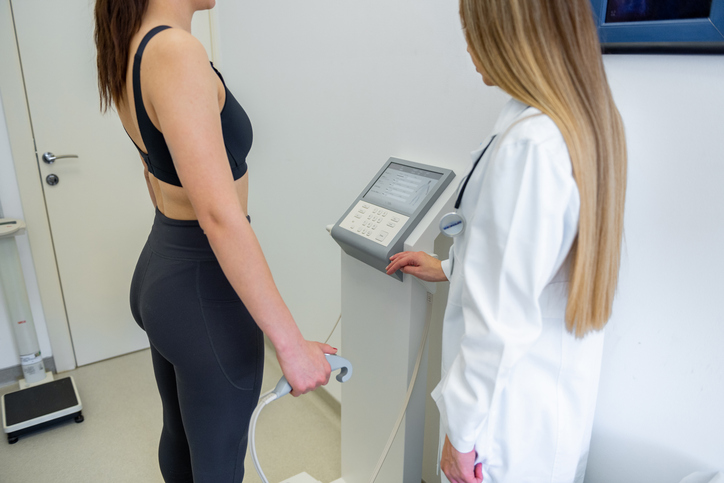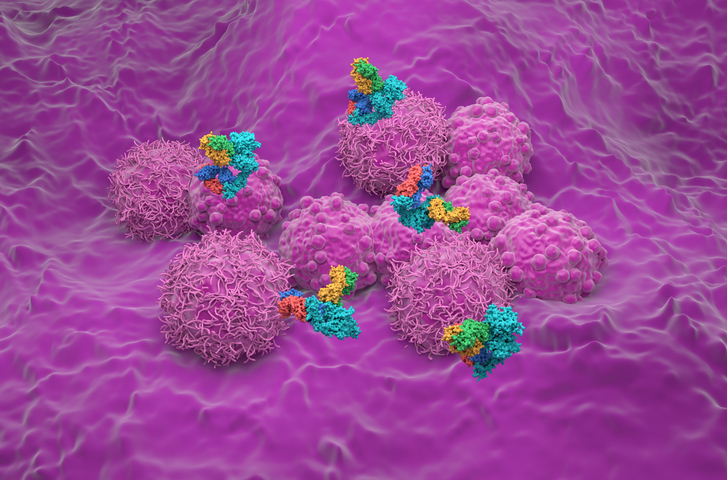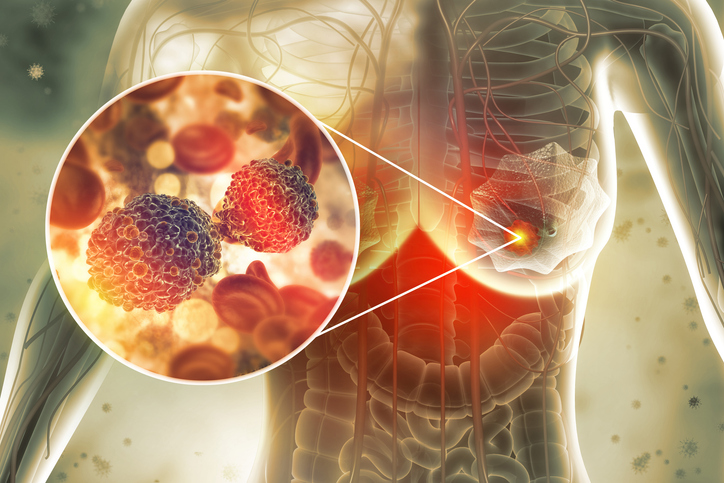
Cancer incidence trends in 2021 mostly returned to their pre-COVID-19 pandemic levels, according to a study conducted by researchers at the National Institutes of Health (NIH). While there was little evidence of a rebound in cancer incidence that would account for the decline in diagnoses in 2020 – when screening and other medical care was disrupted – one exception was breast cancer, where the findings showed an uptick in diagnoses of advanced-stage disease in 2021. The findings were published in the Journal of the National Cancer Institute.
A previous study showed that new cancer diagnoses dropped significantly in early 2020, as did the volume of pathology reports, suggesting that many cancers were not being diagnosed in time. Toa assess whether these missed diagnoses were caught in 2021, possibly as more advanced cancers, investigators compared cancer incidence rates for 2021 with those expected from pre-pandemic trends using data from NCI’s Surveillance, Epidemiology, and End Results Program.
The researchers analyzed cancer incidence overall, as well as five major cancer types that vary in how they are typically detected: through screening (female breast and prostate cancer), due to symptoms (lung and bronchus and pancreatic cancer), or incidentally during other medical procedures (thyroid cancer).
The results showed that cancer incidence rates overall and for most specific cancers approached pre-pandemic levels, with no significant rebound to account for the 2020 decline. Overall, the investigators concluded that 2021 was a transition year that was still affected by new variants and new waves of COVID-19. They noted that the results highlight the need for ongoing monitoring to understand the long-term impacts of the pandemic on cancer diagnoses and outcomes.







 © 2025 Mashup Media, LLC, a Formedics Property. All Rights Reserved.
© 2025 Mashup Media, LLC, a Formedics Property. All Rights Reserved.